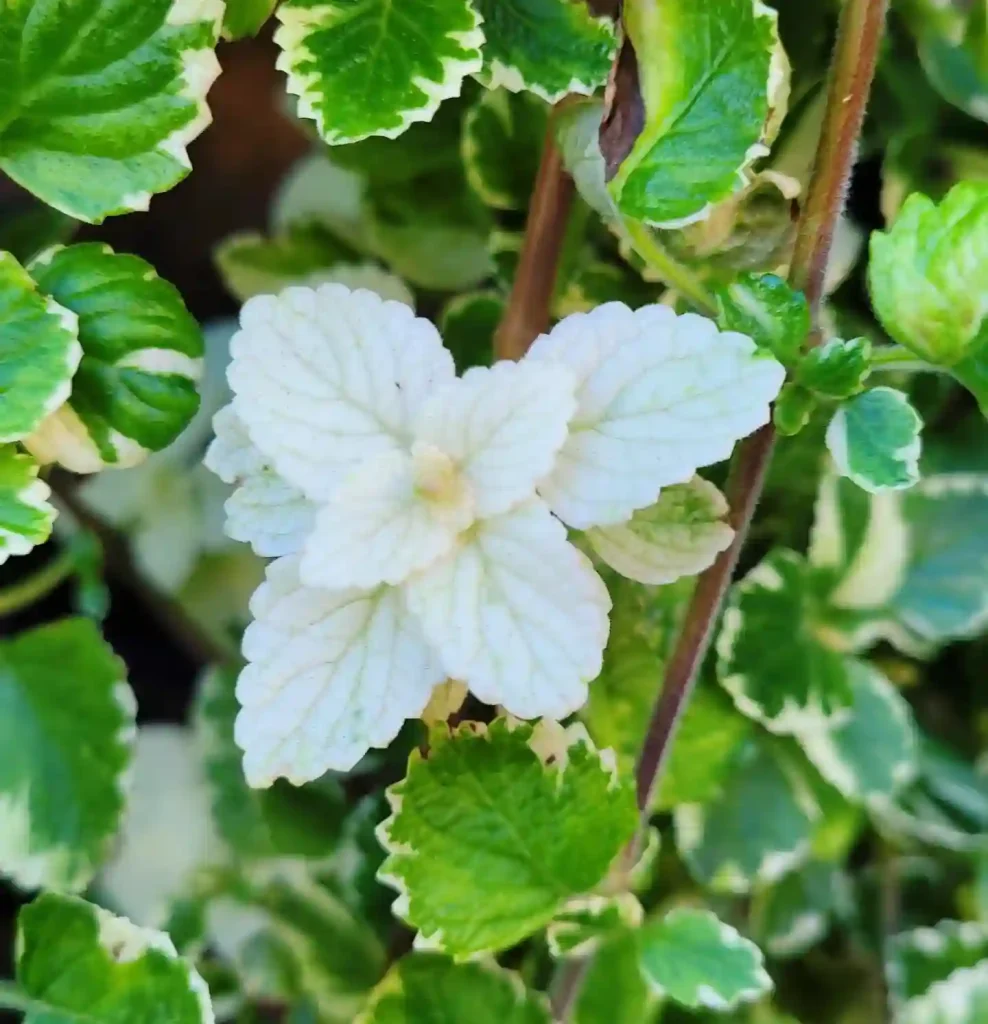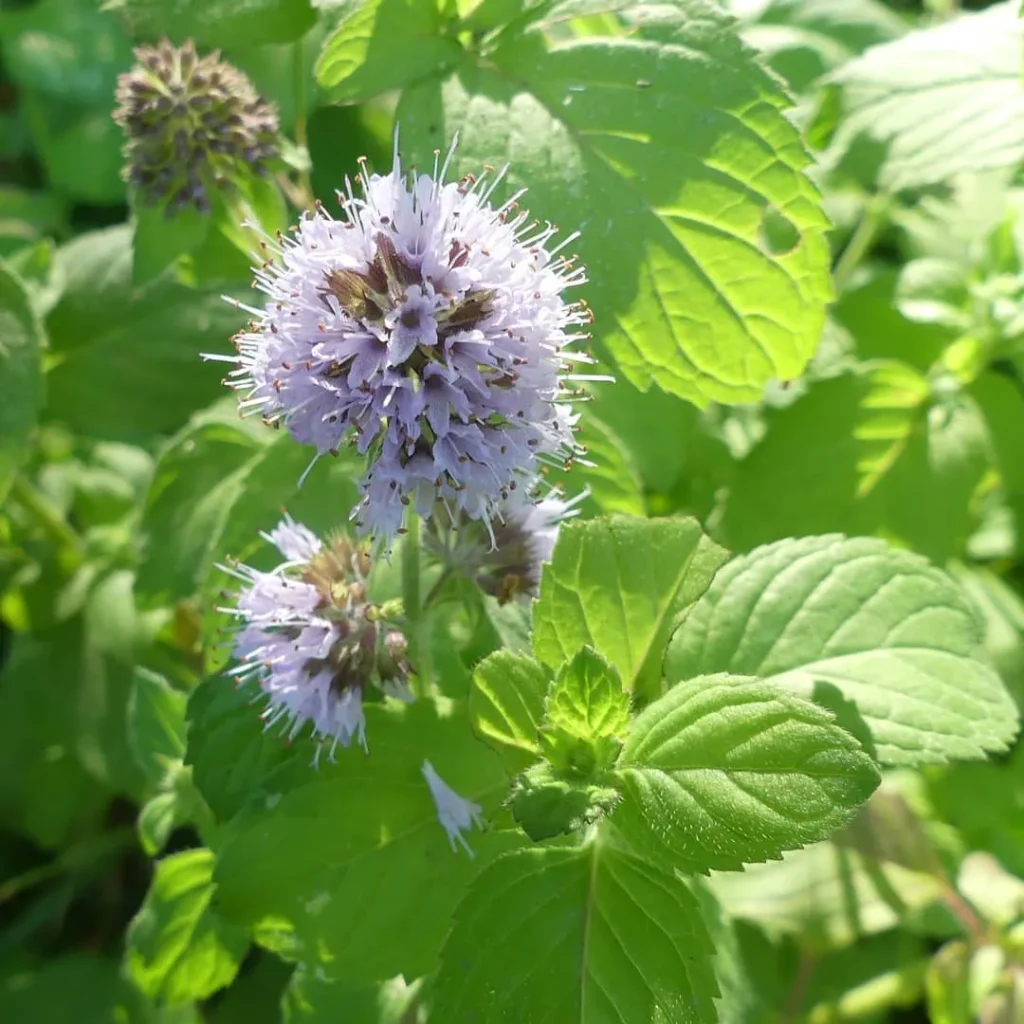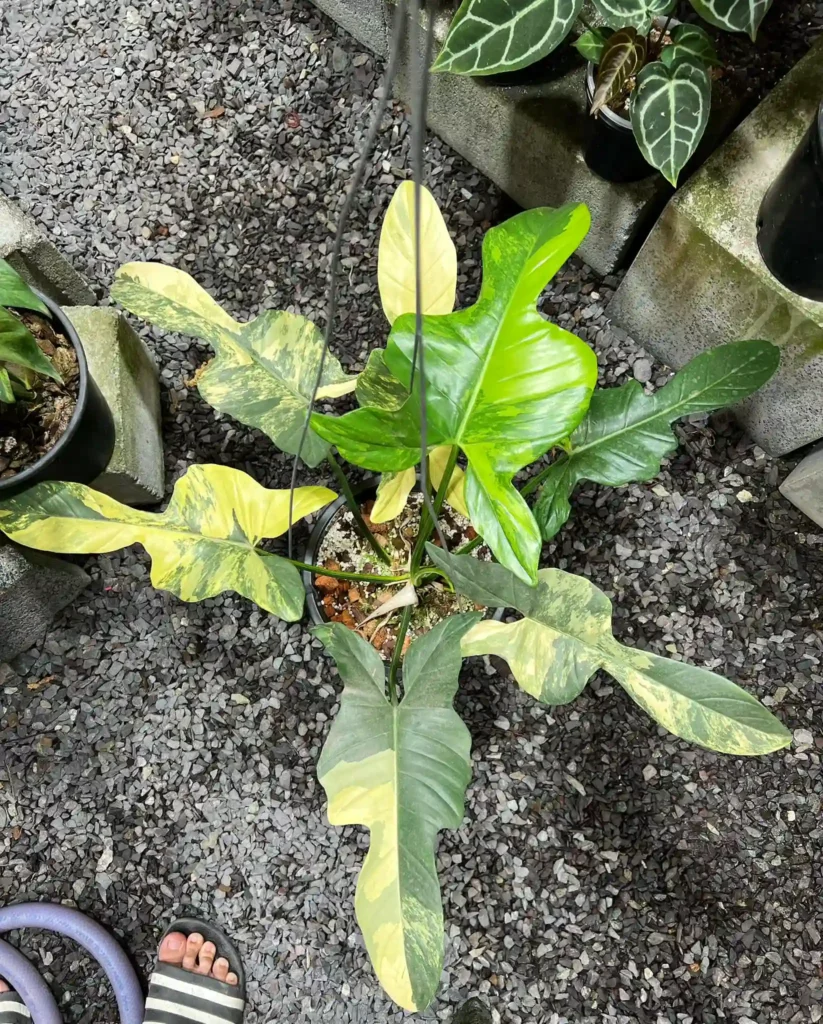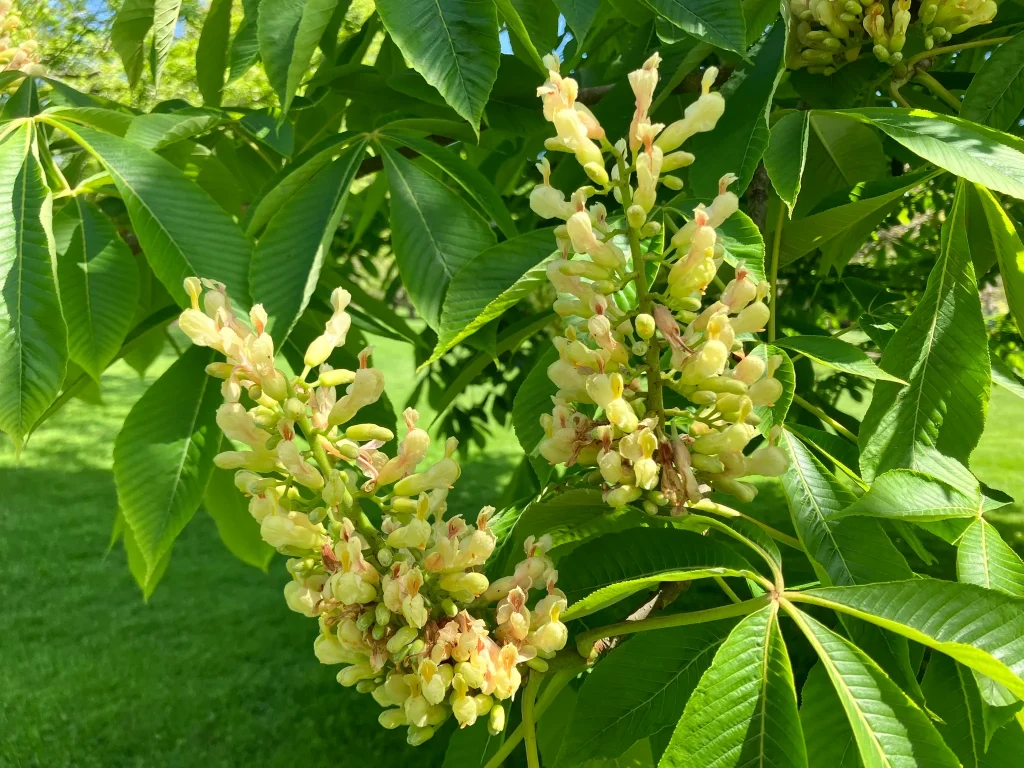
Liriope: A Gardener’s Friend
I’ve always been drawn to the quiet elegance of Liriope. It’s a plant that doesn’t shout for attention, but its subtle beauty and resilience make it a staple in gardens around the world. As a genus of low-growing, grass-like flowering plants, Liriope offers a wonderful blend of ornamental value and practicality.
Understanding the Liriope Genus
Native to East and Southeast Asia, Liriope belongs to the Asparagaceae family, placing it in the company of asparagus and lilies. Despite its common name, “lilyturf,” it’s neither a true lily nor a grass. This often leads to confusion, but it’s part of what makes this genus so unique.
Liriope thrives in a variety of conditions, tolerating shade, drought, and even poor soil. This hardiness, coupled with its evergreen foliage, makes it a popular choice for ground cover, borders, and even container gardening. The plant’s versatility extends beyond its resilience; its dark green, strap-like leaves provide a beautiful backdrop for its delicate blooms, which typically appear in shades of purple or white.
Liriope Species
- Liriope muscari: Often referred to as “big blue lilyturf,” this species boasts striking purple flower spikes that rise above its lush foliage. It’s a favorite for adding vertical interest to garden beds.
- Liriope spicata: Known as “creeping lilyturf,” this species spreads quickly via rhizomes, making it an excellent ground cover for erosion control. Its flowers are generally shorter than those of Liriope muscari and tend to be more clustered within the foliage.
- Liriope graminifolia (L.) Baker
- Liriope kansuensis (Batalin) C.H.Wright
- Liriope longipedicellata F.T.Wang & Tang
- Liriope minor (Maxim.) Makino
- Liriope vernalis Avent & Floden
- Liriope zhejiangensis G.H.Xia & G.Y.Li
When to cut back liriope?
I typically cut back my liriope in late winter or early spring, usually around February or March. This timing allows me to remove any dead or damaged foliage from the previous year before new growth begins in the spring. I’ve found that cutting back at this time helps rejuvenate the plant and encourages healthy growth throughout the growing season. Plus, it gives the garden a tidy appearance right as everything else is starting to wake up from winter dormancy.
Does liriope spread?
Yes, liriope does have a tendency to spread, especially if it’s been growing in the same spot for a few years. I’ve noticed that its underground rhizomes gradually expand outward, creating new clumps of foliage. While this can be beneficial for filling in bare areas of the garden, it’s important to keep an eye on its spread to prevent it from overcrowding other plants. Regular dividing every few years can help manage its growth and keep it in check. Overall, I appreciate its ability to spread because it adds a lush, carpet-like effect to my garden beds.
Is liriope deer resistant?
In my experience, liriope is generally considered deer resistant, which is a big plus for me as a gardener. While no plant is completely immune to deer damage, liriope’s tough, leathery foliage seems to deter browsing by deer in my garden. I’ve planted it in areas where deer frequently roam, and it has remained largely untouched. This resilience makes it a valuable addition to landscapes in deer-prone areas, providing both beauty and peace of mind. However, it’s always good to keep in mind that deer preferences can vary depending on factors like local population density and available food sources.
Is liriope toxic to dogs?
Yes, liriope can be toxic to dogs if ingested in large quantities. As a responsible pet owner, I’ve made sure to keep my furry friends away from the liriope in my garden to prevent any potential harm. While the toxicity level is relatively low, consuming significant amounts of liriope foliage or berries can cause gastrointestinal upset in dogs, including symptoms like vomiting and diarrhea. To ensure the safety of my pets, I always supervise them when they’re in the garden and discourage them from nibbling on any plants. It’s just one of the precautions I take to create a safe and enjoyable outdoor environment for both my plants and my pets.
When to trim liriope?
I’ve found that trimming liriope is best done in late winter or early spring, typically around February or March. This timing allows me to tidy up the plant before the new growth emerges in the spring. I usually trim back any brown or damaged foliage, as well as any spent flower spikes, to promote fresh, healthy growth. Trimming at this time also helps maintain the plant’s shape and prevents it from looking unkempt. Plus, it’s a great way to rejuvenate the liriope and keep it looking its best throughout the growing season.
How to pronounce liriope?
“Liriope” is pronounced as lih-RY-oh-pee. The emphasis is on the second syllable, “RY,” and the “o” is pronounced as a short “oh” sound. It’s a relatively straightforward pronunciation once you get the hang of it!
What to plant with liriope?
Planting companions for liriope depends on the specific aesthetic and functional goals of your garden, but I’ve found several options that complement it nicely. For a lush and textural contrast, I like to pair liriope with ornamental grasses like fountain grass or maiden grass. Their feathery plumes add movement and height to the landscape. Additionally, low-growing perennials such as hostas or heucheras make excellent companions, providing a contrasting foliage shape and color. For a pop of seasonal color, I often interplant liriope with flowering perennials like coneflowers or black-eyed Susans. This creates a dynamic and visually appealing garden bed that thrives with diverse plant life.
How to revive liriope?
Reviving liriope often involves a combination of pruning, fertilizing, watering, and ensuring proper sunlight. If my liriope is looking a bit lackluster, I start by trimming away any dead or damaged foliage, which helps stimulate new growth. Then, I give the plant a boost with a balanced fertilizer formulated for ornamental grasses and apply it according to the package instructions. Ensuring the liriope receives adequate water is crucial, especially during dry spells, but I make sure not to overwater, as this can lead to root rot. If the liriope is growing in a shaded area, I might consider transplanting it to a spot with more sunlight, as it typically performs best in partial to full sun. With a little care and attention, liriope can bounce back and regain its lush, vibrant appearance.
Is liriope evergreen?
Yes, liriope is considered semi-evergreen in many climates, including mine. This means that it retains its foliage throughout most of the year, but some browning or dieback may occur during harsh winters or periods of drought. In my garden, I’ve observed that liriope’s strappy leaves generally remain green and attractive even in colder months, providing year-round interest to the landscape. However, I do notice some seasonal fluctuations in its appearance, with the foliage appearing fullest and healthiest during the warmer months of spring and summer. Overall, its semi-evergreen nature makes it a valuable addition to my garden, providing structure and color even when other plants are dormant.
Is liriope toxic to cats?
Yes, liriope can be toxic to cats if ingested. The plant contains substances that can cause gastrointestinal upset in cats, including symptoms such as vomiting and diarrhea. As a responsible pet owner, I make sure to keep my cats away from liriope and other potentially harmful plants in my garden. Providing a safe outdoor environment for my pets is important to me, so I take precautions to minimize their exposure to any toxic substances. If you suspect your cat has ingested liriope or any other plant and is showing symptoms of poisoning, it’s crucial to seek veterinary care immediately.
Does liriope grow in shade?
Yes, liriope is well-known for its ability to thrive in shaded areas, making it a versatile plant for various garden settings. In fact, it’s often preferred for its ability to tolerate low light conditions. In my garden, I’ve planted liriope in areas with partial to full shade, and it has performed admirably, adding lush green foliage and texture to those spots where other plants might struggle. Its adaptability to shade makes it a valuable asset for creating interest and beauty in areas of the garden that receive limited sunlight, such as under trees or along north-facing walls.
How to kill liriope?
If you’re looking to remove liriope from your garden, there are a few methods you can consider, depending on your preference and the size of the area you need to clear. One effective method is to use a shovel or garden fork to dig up the liriope clumps, making sure to remove as much of the roots as possible. This can be a labor-intensive process, especially if the liriope has spread extensively, but it’s thorough and ensures that the plant won’t regrow.
Alternatively, you can try smothering the liriope by covering the area with thick layers of cardboard or mulch. This deprives the plant of sunlight and effectively kills it over time. However, this method may take several months to completely eradicate the liriope, and you’ll need to monitor the area to ensure that it doesn’t resprout.
Chemical herbicides can also be used to kill liriope, but I generally prefer to avoid them in my garden due to potential environmental impact and the risk of harming other plants. If you choose to use herbicides, be sure to follow the manufacturer’s instructions carefully and take appropriate safety precautions.
Regardless of the method you choose, persistence is key when trying to kill liriope. It’s a resilient plant, so you may need to repeat your chosen method several times to fully eradicate it from your garden.
If i die, water my plants!



